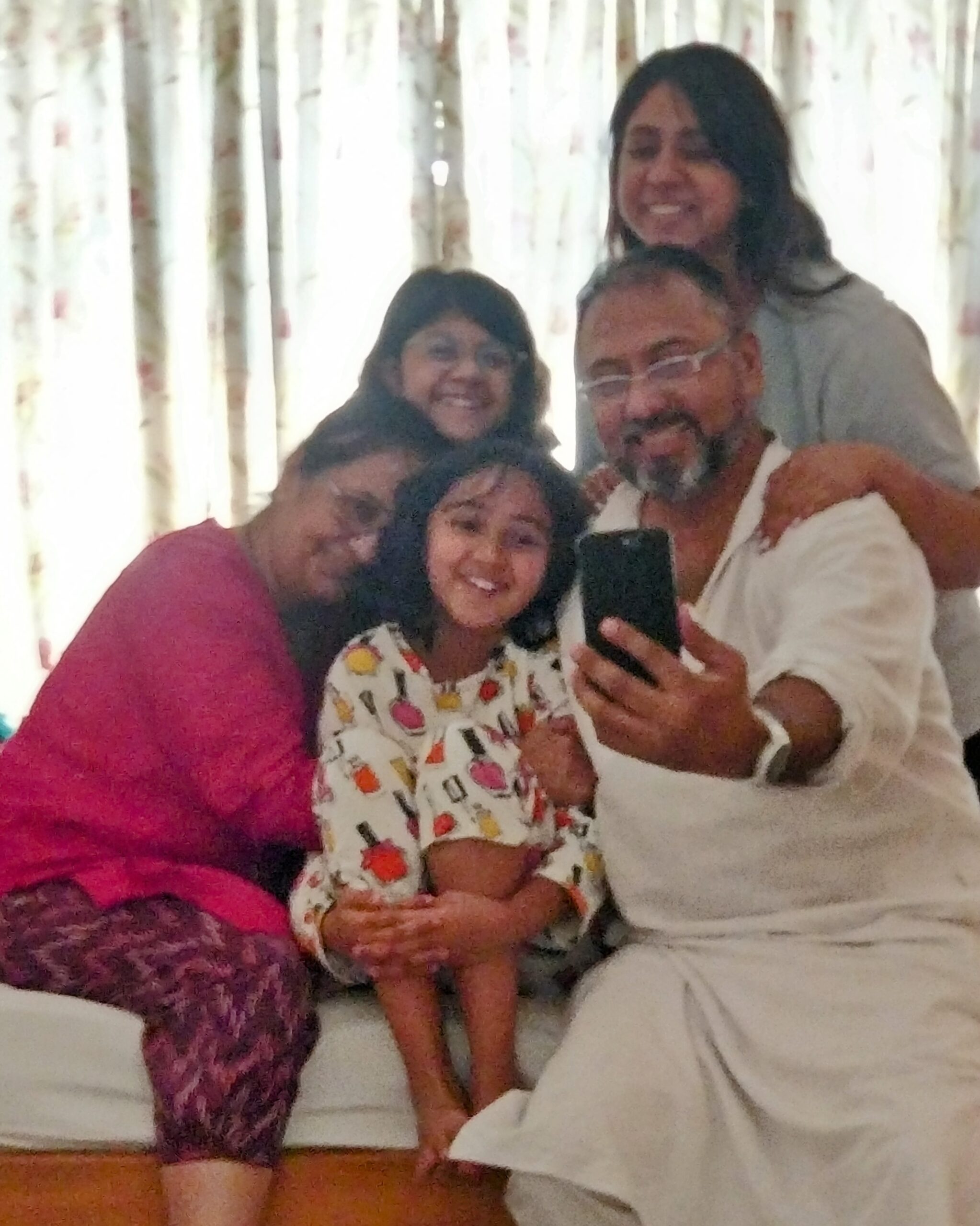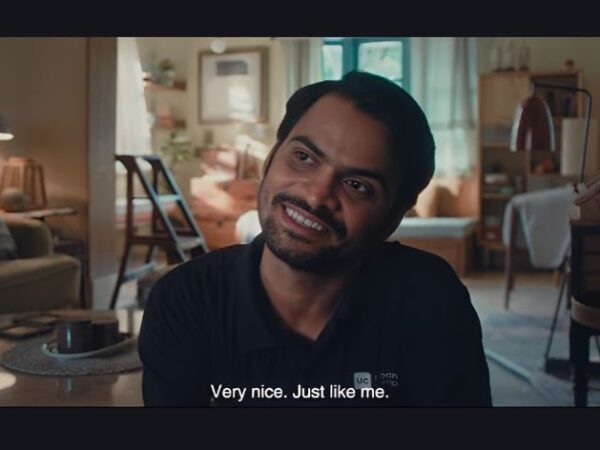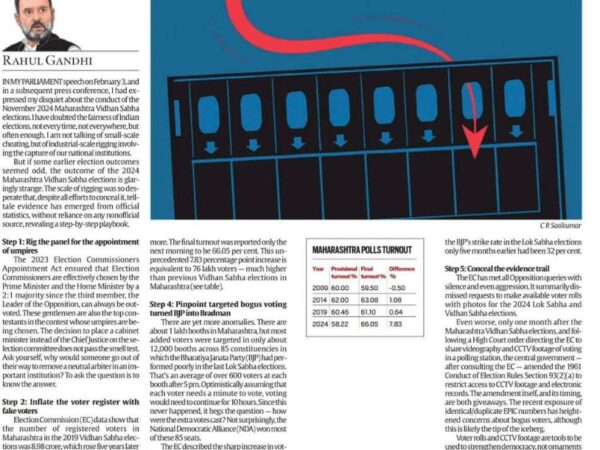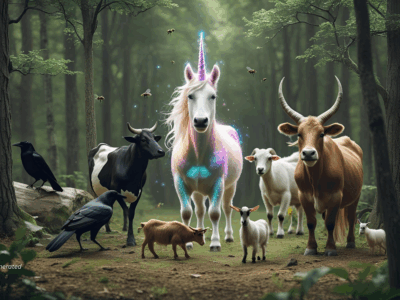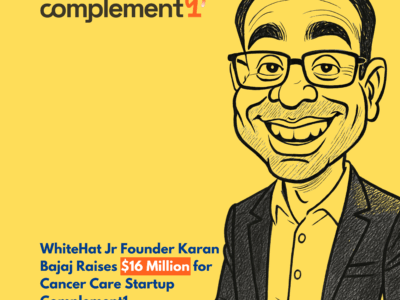Dear Kym, Mimi, Misbah, and Maa,
Thank you for the WhatsApp forward.
I saw the headlines too.
A 335-metre asteroid. With the power of a thousand nuclear bombs. And the size of a stadium. Or three. Racing towards Earth.
And yes, I understand why you’re unsettled. Some of you (I won’t name who) want to know if you have to do homework for tomorrow. And some of you (I won’t name them, too) are wondering if this is how it ends. Not with a bang, but a headline.
Let me tell you, calmly and clearly: it isn’t ending. Not yet.
This particular asteroid, named 2003 MH4, or even the later discovery, 2024 JZ, will not hit Earth. It will pass us at a safe distance. And this is not unusual. NASA tracks more than 30,000 Near-Earth Objects, or NEOs. Several fly by every month. Some are smaller than a car, some the size of buildings. We know where most of them are. The sky is not falling.
India, too, is not sitting idle. ISRO, through its Space Situational Awareness (SSA) programme via the newly formed Directorate of Space Situational Awareness and Management, is building robust capabilities to track such celestial bodies. India’s efforts are part of a growing global network watching the skies with increasing precision.
But this letter isn’t just about this rock. It’s about the fear it triggered.
Let’s look at both, the facts and the philosophy.
First, the science.
NASA’s Planetary Defense Coordination Office (yes, that’s a real thing) and ISRO’s Project NETRA (Network for Space Object Tracking and Analysis) were set up precisely to monitor and plan for these celestial visitors. Their systems scan the skies every night, looking for new objects, calculating their orbits, and projecting their paths decades ahead. If something were truly on a collision course, we’d know years, often decades, in advance.
And should one ever pose a real threat, we already have proof-of-concept solutions. In 2022, NASA launched the DART (Double Asteroid Redirection Test) mission. It successfully nudged an asteroid off its course. Our first planetary defence experiment. A cosmic tap on the shoulder. It worked.
So, no. Humanity is not helplessly staring into space with crossed fingers.
We are doing what we always do: observing, measuring, modelling, testing, and preparing.
Second, the philosophy.
Let me offer you something both unsettling and oddly comforting.
You, me, our entire species – we are cosmically insignificant.
Our planet is a dot. Our lives, flickers. We exist in a blink of geological time.
Remember that quote by Carl Sagan I shared with you the other day? The one about the Pale Blue Dot. That’s us. Small. Just about visible. Almost non-existent.
And yet, here we are.
Eating varan-bhaat. Arguing on WhatsApp and Facebook. Loving one another.
Richard Dawkins once wrote,
“We are going to die, and that makes us the lucky ones.”
Why lucky? Because the vast majority of atoms in the universe will never get to become conscious, to smell rain, to make music, to write poetry, or to laugh at an inside joke.
For this brief moment, we get to be aware.
To exist. To wonder. To panic about asteroids.
Douglas Adams (there he is, in case you are wondering why I have not brought up my favourite author yet!) said it better than anyone,
“Space is big. Really big. You just won’t believe how vastly, hugely, mind-bogglingly big it is…”
That bigness isn’t against us. It simply doesn’t care.
The asteroid isn’t coming for us. It’s just passing by.
And even if one day the dice roll badly, and one doesn’t, we won’t be able to negotiate with the laws of physics.
So, what should we do?
If something can be done, we should do it with courage. And science.
If nothing can be done, then worrying is not a strategy. It’s just a tax on the present.
As you know, worrying is like chewing gum. It provides no nutritional value, and after a while, your jaw begins to ache.
Panic, in either case, is unnecessary. It is also deeply unhelpful.
Instead, I suggest this.
Let us hold each other.
Read something wondrous.
Sing aloud. Dance with abandon.
Watch the stars with curiosity, not dread.
Maybe skip the social media apps for a while.
And remember. If something truly were going to wipe us out tomorrow, the last thing I’d want is for our final 24 hours to be spent refreshing news feeds.
This isn’t a cold letter. It’s just not a superstitious one.
It’s grounded in reason and, believe it or not, in love.
Because I don’t want us to live in fear of shadows in the sky.
We’re here. For now. And that is enough.
Love,
K
